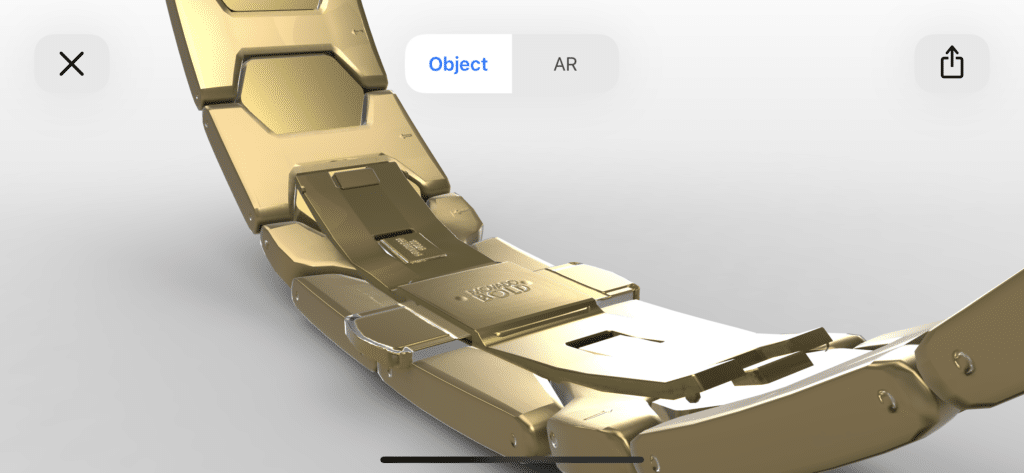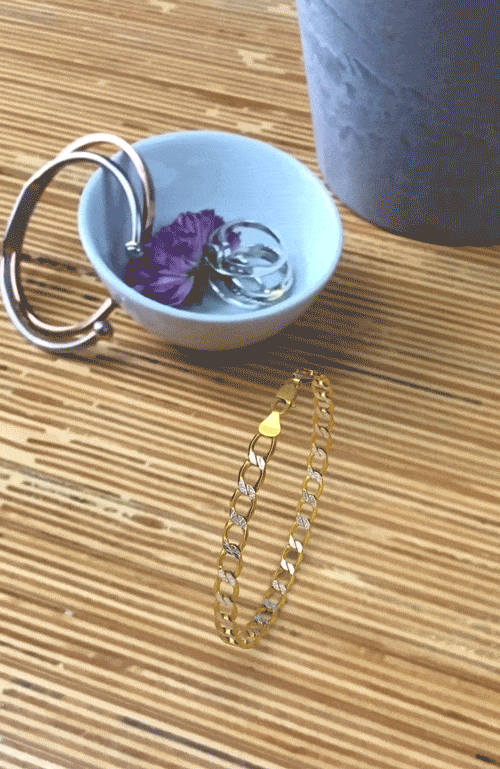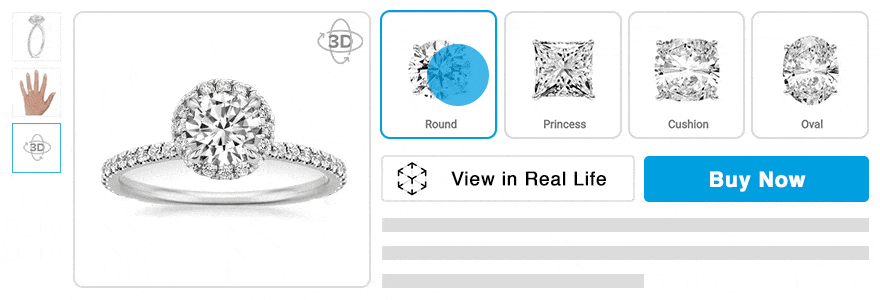Consumer Questions Answered: 3D & Augmented Reality Jewelry
Augmented reality (AR) eCommerce implementations are popping up left and right across retail categories from makeup to furniture to enterprise, and all with impressive results. After all, 3D product visualizations produce a more holistic view of an online product. In addition, contextualizing that product to the user via AR closes the information gap, enabling more informed purchase decisions. The benefits of AR for eCommerce are numerous, and when applied at a category level, they are especially compelling. Jewelry, for example, comes with its own set of unique eCommerce challenges. Merchants are tasked with establishing standards of brand excellence and luxury via 2-dimensional product imagery. Meanwhile, for shoppers, jewelry is often a statement purchase, in celebration of things to come or time that has passed. While there are many ways AR is driving consumer confidence in the jewelry department, we’ve honed in on five in particular, based on the specific questions shoppers are trying to answer in order to make a purchase. Consider how you can provide answers to these consumer concerns in your own digital merchandising strategy. For more on getting started with immersive e-commerce, check out our complete guide for brands and retailers.
Question 1: Do I like it?
This one may seem obvious, but it is significant, especially in eCommerce scenarios. Brick-and-mortar stores help answer this question once and for all with physical product experiences. Being able to try an item on or out in real time is a valuable part of the research process, especially for larger ticket items. The bigger the commitment financially, the more consumers need to know. The same can be said for purchases motivated by emotion or that are meant as a gesture, which is often the case with jewelry.
When emotions are not involved, jewelry is bought and worn as a personal statement piece, which again raises the stakes. It is, after all, a visible representation of who we are on the inside, further understating how important it is to empower consumer confidence at the product-level. Of course, determining whether something complements your style is much easier to do in-store, but 3D and AR make it possible in eCommerce settings by allowing users to explore and place high-fidelity 3D products anywhere, anytime.

Question 2: What is the value of this item?
When it comes to jewelry, quality is key, and it isn’t just the 5Cs of diamond grading that shoppers must be knowledgeable about. From precious gemstones to categories and characteristics of metal, jewelry is complicated and fine jewelry is highly variable. Additionally, there are intricacies in the design of a piece. The rich product experience that is augmented reality can better convey these complexities, capturing the luster and elegance of something meant to last a lifetime, as well as what ownership of that piece might look and feel like. Furthermore, with traditional 2D imagery, all of these details may not be accessible. The clasp of a bracelet or the material that the back of a watch is made of may not be the focus of a photographer. With 3D and AR product experiences, every detail of the product is available for review.

Question 3: How big is it relatively?
If you are like many shoppers, calculating correct dimensions of a physical product based on 2D photos doesn’t come naturally. Certain items, especially in the case of jewelry, follow reliable sizing rules. A watch is a watch is a watch and the size of the overall piece is likely to be such, but the same cannot be said for everything. For example, many people would be hard pressed to accurately indicate how big a 1-carat diamond is based on 2D product imagery. This makes choosing the right size for you or your loved one more difficult, because how big is it really? Using augmented reality, however, to place a piece of jewelry, 1-carat solitaire stud earrings, for example, next to something in your world, makes it very clear how big a carat is, and more importantly if it is the right size for you.

Question 4: Does this say, “I love you”?
Since jewelry is purchased regularly as an expression of love, finding the perfect piece to convey a special message is essential. There is a lot of pressure on both sides, with sellers attempting to match the value of their brand to consumers looking to convey the value of their love. 3D and AR product experiences enable a better understanding of the contenders with views of a product from every angle and the ability to experience that product from the comfort of your home. Furthermore, these product experiences can be shared with loved ones to help make sure the final choice is the right one. Imagine finding the perfect engagement ring and being able to not only send pictures of it, but also share a 3D model via URL with your partner’s friends and family to ensure it’s the perfect one for your loved one. Aside from bringing everyone with you to the store, there isn’t a more engaging way to include the people you trust in a major purchase. And when the pressure is on to make the statement of a lifetime, support from the people around you can make the purchase itself feel as special as the moment it is meant for.

Question 5: If “Build Your Own” is an option, what does the final product look like?
This is especially applicable in the case of engagement and wedding rings, but it happens across jewelry categories. From the stone to the setting to the color of the metal, these items are incredibly customizable. When the final decision is made, the visual output before purchase is often a computer-generated image of the product from one or two angles. With 3D and AR built into configuration interfaces, shoppers are able to experience firsthand their own creation, creating a new level of confidence in the individual choices and the final output. From a seller perspective, this confidence is key, as re-selling rejected configured pieces may be especially tricky. This particular use case is helpful both online and in-store, as configured items are not necessarily available on-demand.

For more business use cases for 3D and augmented reality product experiences, check out a recent case study we conducted with retailer, Tenth Street Hats.
For something right now, check out our Augmented Commerce eBook to find out what makes 3D & AR so compelling.
Not a current customer but ready to get started?
Demo the Platform Today!Already a current customer? Log in to Axis Today!

